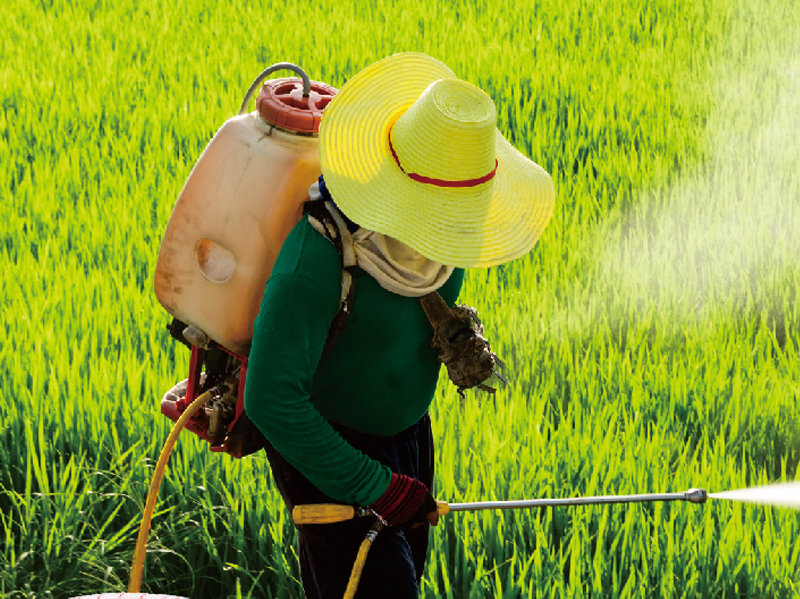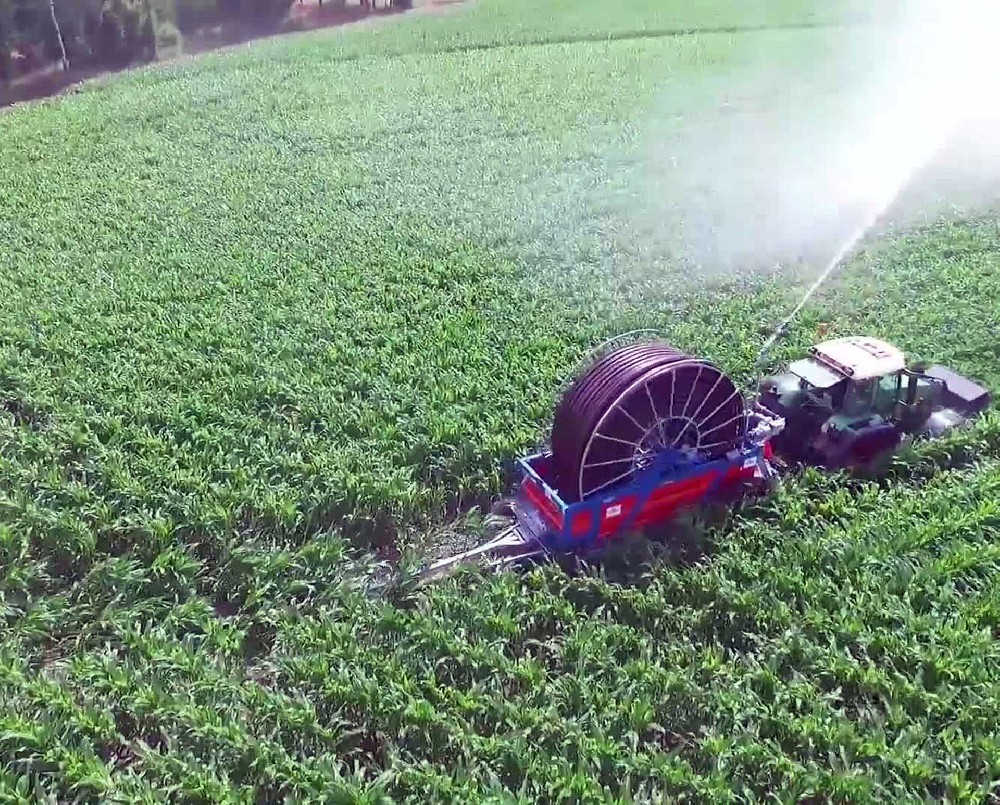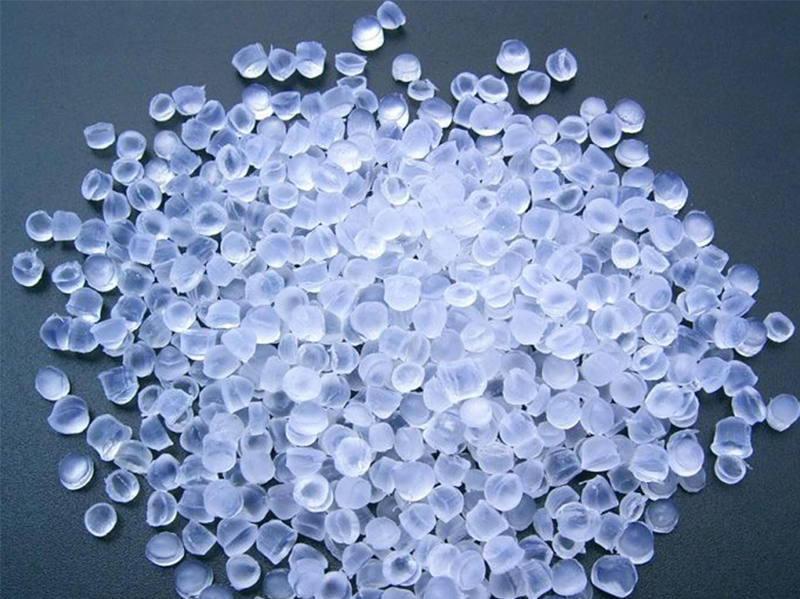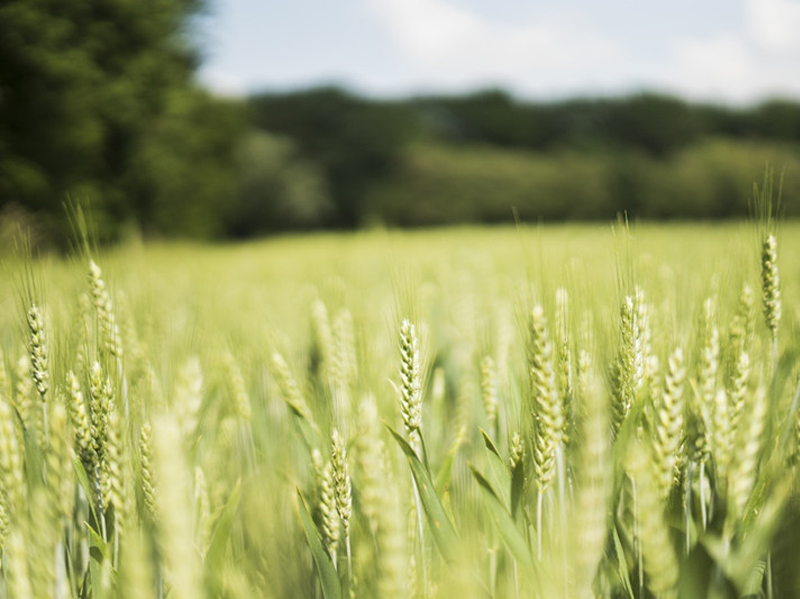Let's talk about garden hoses. Every household needs at least one watering, car wash or run a Slip'n Slide. There are many hoses of varying quality to choose from, so materials are our first consideration when you buy a new hose.
Garden hoses are usually made of rubber, vinyl or polyurethane. Vinyl hose is the cheapest, but the lightest with the shortest service life. Rubber hoses are more flexible and less prone to cuts and bruises, but they are more expensive than other types of hose. High-quality hoses have a longer service life because they have a reinforcing layer, while fewer hoses lack it.
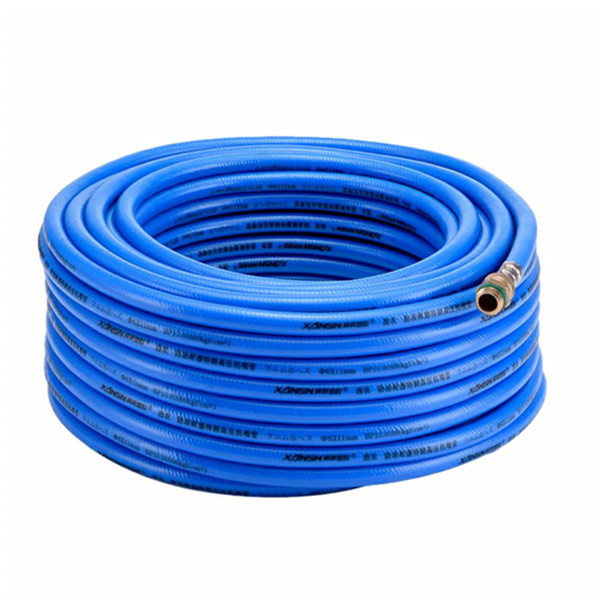
The best and longest lasting garden hose is made up of multiple layers. The inner lining of the garden hose needs to be smooth, soft rubber or synthetic. To protect it and give it toughness, the inner layer is covered or coated with at least one outer layer of nylon fabric or mesh. In addition, the part of the skin you touch and see must be made of material that will not break after long exposure to sun and weather. It also needs to resist punctures and scratches. Usually, the outer layer is vinyl or vinyl rubber mixture, usually green or black. Multilayer hoses may seem fatter or heavier than cheap hoses, but as usual, you can get it for what you pay.
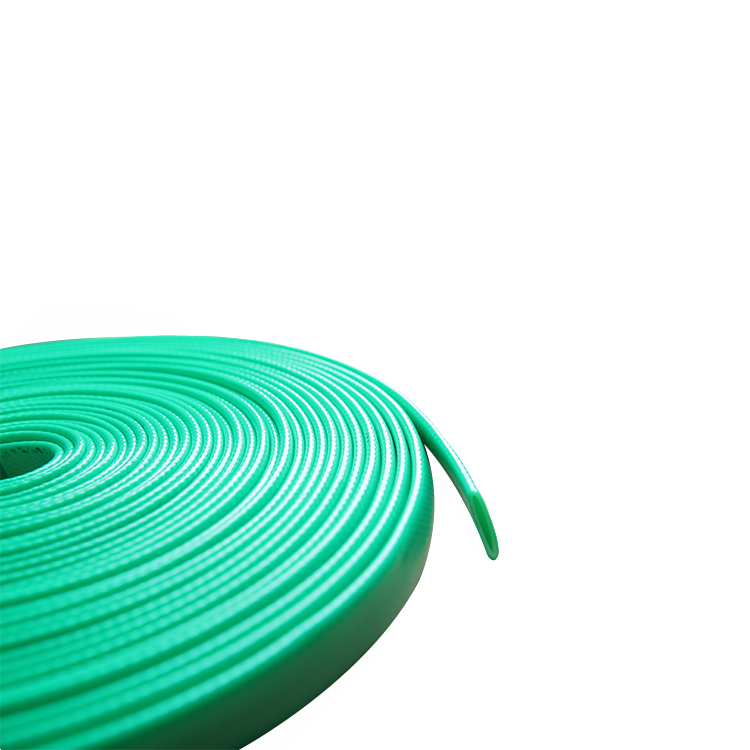
Cheap hoses and older hoses have an annoying flaw: they kink together. If you're not watching, you can waste water, sometimes entangle the hose, and sometimes harm the plants. Then you have the problem of the hose cracking, breaking and leaking after direct sunlight or being run over by a car, or just breaking after it doesn't seem to be using much.
Standard, vinyl-coated layered hoses come in many forms: three, four and five layers. Like anything else, an overloaded version (say, five tiers) is more expensive. Heavier hoses will knot less often, withstand higher water pressure, and last longer. For occasional watering operations, the lower layer can work normally; Choose a higher curtain layer for more frequent use and longer service life.


